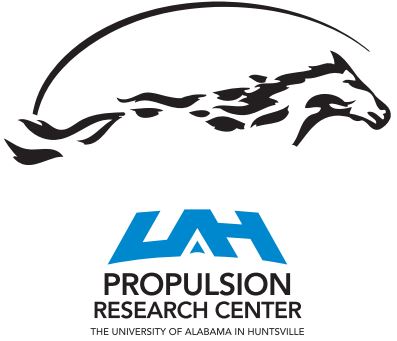Double Wall Cooling of a Full Coverage Effusion Plate With Main Flow Pressure Gradient, Including Internal Impingement Array Cooling
Source
UAH PRC Research Database
Document Type
Article
Publication Title
Journal of Turbomachinery
Abstract
The present study provides new effusion cooling data for both the surfaces of the fullcoverage effusion cooling plate. For the effusion-cooled surface, presented are spatially resolved distributions of surface adiabatic film cooling effectiveness and surface heat transfer coefficients (measured using transient techniques and infrared thermography). For the impingement-cooled surface, presented are spatially resolved distributions of surface Nusselt numbers (measured using steady-state liquid crystal thermography). To produce this cool-side augmentation, impingement jet arrays at different jet Reynolds numbers, from 2720 to 11,100, are employed. Experimental data are given for a sparse effusion hole array, with spanwise and streamwise impingement hole spacing such that coolant jet hole centerlines are located midway between individual effusion hole entrances. Considered are the initial effusion blowing ratios from 3.3 to 7.5, with subsonic, incompressible flow. The velocity of the freestream flow which is adjacent to the effusioncooled boundary layer is increasing with streamwise distance, due to a favorable streamwise pressure gradient. Such variations are provided by a main flow passage contraction ratio CR of 4. Of particular interest are effects of impingement jet Reynolds number, effusion blowing ratio, and streamwise development. Also, included are comparisons of impingement jet array cooling results with: (i) results associated with crossflow supply cooling with CR=1 and CR=4 and (ii) results associated with impingement supply cooling with CR=1, when the mainstream pressure gradient is near zero. Overall, the present results show that, for the same main flow Reynolds number, approximate initial blowing ratio, and streamwise location, significantly increased thermal protection is generally provided when the effusion coolant is provided by an array of impingement cooling jets, compared to a crossflow coolant supply.
First Page
41002
DOI
https://doi.org/10.1115/1.4041750
Publication Date
4-21-2019
Recommended Citation
Vanga, Sneha R.; Ritchie, David; Click, Austin; Ren, Zhong; Ligrani, Phil; Liberatore, Federico; Patel, Rajeshriben; Srinivasan, Ram; and Ho, Yin-Hsiang, "Double Wall Cooling of a Full Coverage Effusion Plate With Main Flow Pressure Gradient, Including Internal Impingement Array Cooling" (2019). PRC-Affiliated Research. 113.
https://louis.uah.edu/prc-research/113


